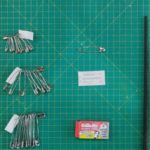Fish is a nutritious food that many people use to make daily meals. To enjoy fresh and delicious fish, it is recommended to buy the whole fish and clean it yourself instead of asking the seller to do it for you. However, when cleaning the fish, many people find scaling the most challenging step. Using a knife to scale the fish is a traditional method but it is easy to cut your hand and the scales often fly everywhere.
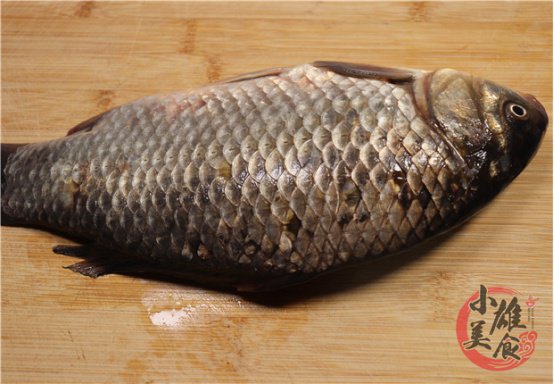
A chef has revealed a very simple trick to scale fish without the need for a knife. The replacement tool is a round ladle. You may be surprised and wonder how a ladle can scale a fish. And here is how the chef does it, you can refer to it.
First, when scaling, prepare a fresh fish, a round ladle, a knife, and a plastic bag. Place the fish in the plastic bag so that the scales can fall into the bag without scattering outside.
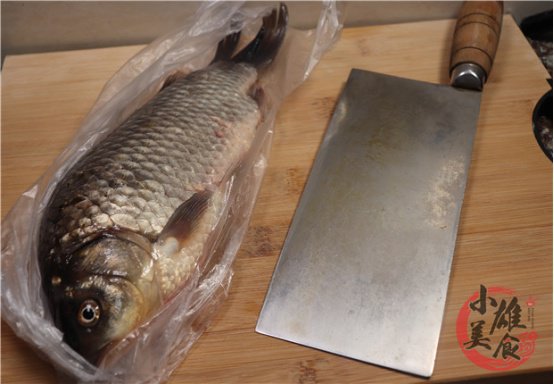
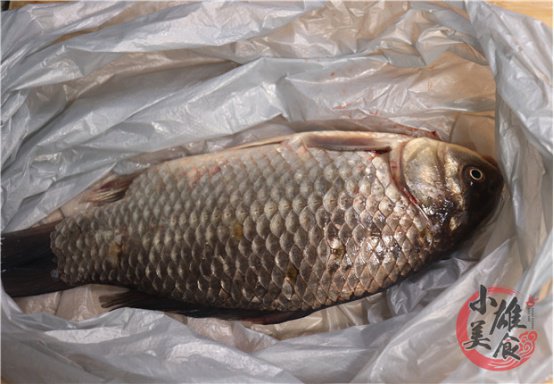 Use the back of the knife to hit the fish’s head so that it becomes unconscious before scaling. Then use the knife’s blade to gently massage the fish scales, making them loose and easier to scale.
Use the back of the knife to hit the fish’s head so that it becomes unconscious before scaling. Then use the knife’s blade to gently massage the fish scales, making them loose and easier to scale.
Note: Do not apply too much force while massaging to avoid damaging the fish meat.
Next, use the ladle to scrape the fish scales in the opposite direction of their growth, from the tail to the head. Using this method, scaling the fish will be quick and clean in just a few minutes without the risk of cutting your hand. The fish scales will also fall into the plastic bag instead of flying everywhere, keeping everything tidy.
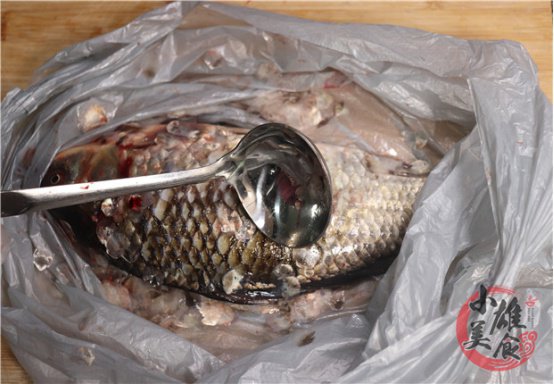
Once the fish scales are completely removed, take the fish out of the plastic bag, rinse it again, and proceed to gut and prepare it for cooking according to your preference.
Source: Phụ nữ Việt Nam
























